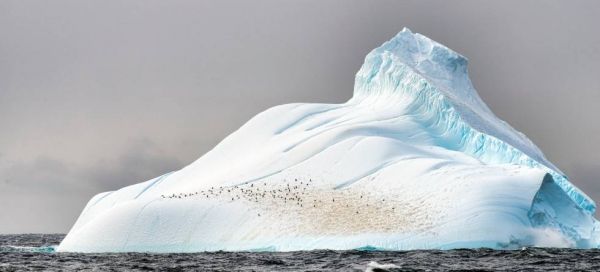Around 15 million years ago, in the Miocene, the Earth experienced high global temperatures and a greenhouse climate similar to that expected for the future. The warm period was followed by an abrupt transition towards cooler conditions and an expansion of the Antarctic ice sheet.
Although these changes went along with a drop in atmospheric CO2 concentrations, it was previously thought that the main reason for the ice sheet growth were changes in the Southern Ocean surrounding Antarctica. This is because previous data suggested a pronounced cooling in that ocean prior to the ice expansion, implying only an indirect role of CO2 for the ice sheet behavior.
However, estimating ocean temperatures from the Miocene epoch, millions of years ago, is a major challenge, says Thomas Leutert, lead author of the new study.
Continue reading at Bjerknes Centre for Climate Research
Image via Bjerknes Centre for Climate Research


